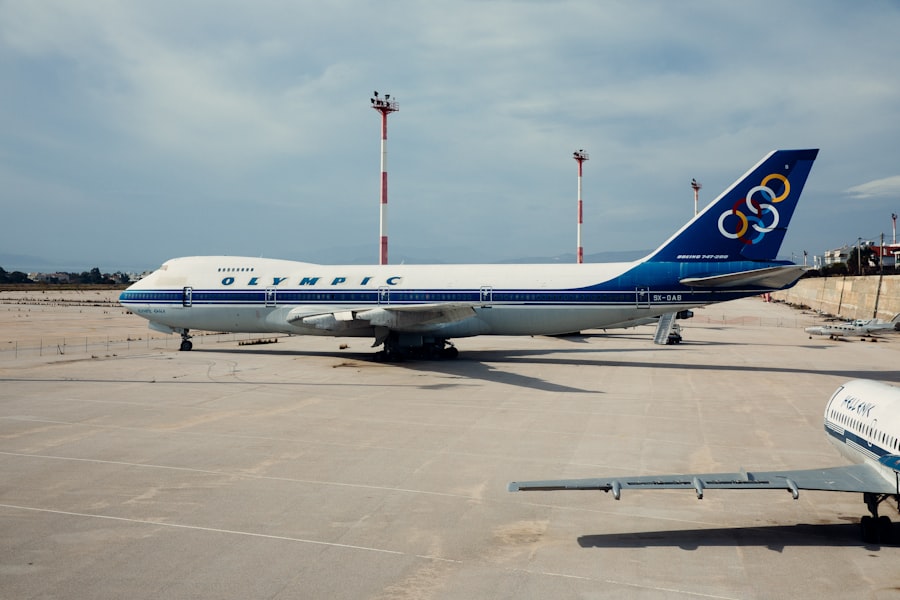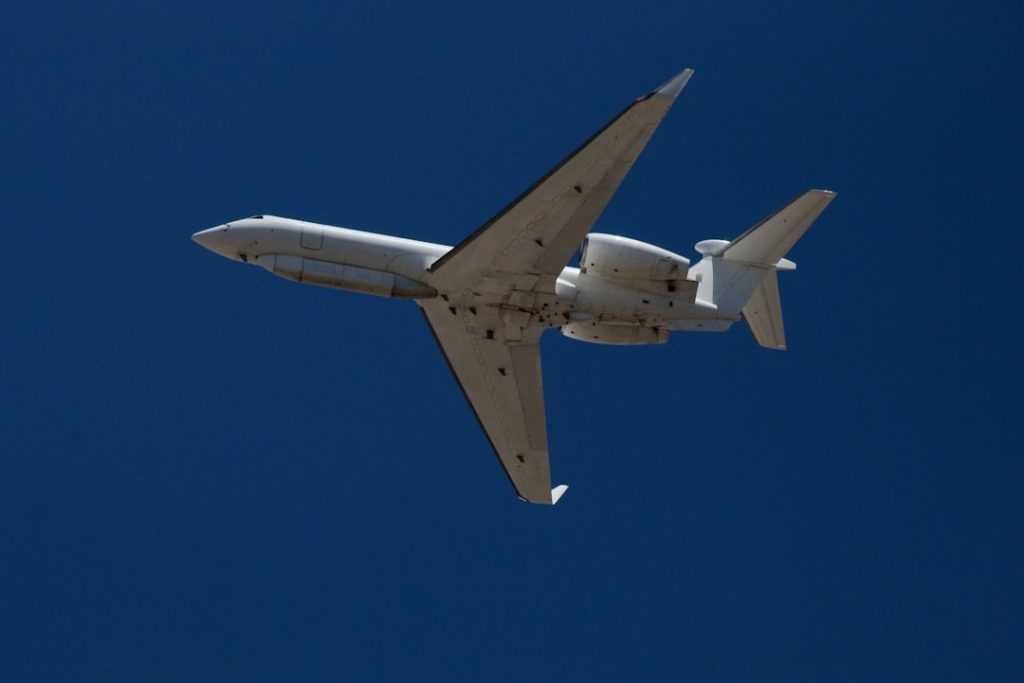The Boeing B737-800, a member of the highly successful 737 family, has become a cornerstone of modern commercial aviation since its introduction in the late 1990s. As a narrow-body aircraft, it is designed primarily for short to medium-haul routes, making it a popular choice among airlines worldwide. The B737-800 is known for its versatility, accommodating various configurations that cater to different airline needs, from low-cost carriers to full-service airlines.
With its ability to operate efficiently in diverse environments, the B737-800 has solidified its position as one of the best-selling jetliners in history. The aircraft’s development was part of Boeing’s strategy to enhance the capabilities of the 737 series, which had already established a strong reputation in the aviation market. The B737-800 features a longer fuselage than its predecessors, allowing for increased passenger capacity and cargo space.
This model has been instrumental in shaping the landscape of air travel, providing airlines with a reliable and cost-effective solution to meet growing passenger demand. As we delve deeper into the design, technology, and operational aspects of the B737-800, it becomes evident why this aircraft remains a favorite among operators and passengers alike.
Key Takeaways
- The Boeing B737 800 is a popular narrow-body aircraft known for its reliability and efficiency in the aviation industry.
- The design and features of the B737 800 focus on maximizing passenger capacity and fuel efficiency, making it a cost-effective choice for airlines.
- Advanced technology and safety measures, such as the Boeing Sky Interior and advanced avionics, contribute to the B737 800’s reputation for safety and comfort.
- Passengers can enjoy a comfortable and modern cabin with amenities such as spacious overhead bins, LED lighting, and improved air quality systems.
- The B737 800 is known for its impressive performance and fuel efficiency, making it a preferred choice for airlines looking to optimize their operations.
Design and Features of the B737 800
The design of the Boeing B737-800 is characterized by its sleek lines and aerodynamic efficiency, which contribute to its performance and fuel economy. The aircraft measures approximately 129 feet in length and has a wingspan of 112 feet, featuring winglets that enhance lift and reduce drag. These winglets are not merely aesthetic; they play a crucial role in improving fuel efficiency by minimizing vortex drag at the wingtips.
The B737-800 can typically accommodate between 162 to 189 passengers, depending on the seating configuration chosen by the airline, making it an ideal choice for high-density routes. Inside the cabin, the B737-800 is designed with passenger comfort in mind. The aircraft can be configured in various layouts, including single-class and dual-class arrangements.
Airlines often opt for high-density configurations to maximize capacity on popular routes, while others may choose a more spacious layout with business class seating. The cabin features larger overhead bins, allowing for increased storage space for carry-on luggage. Additionally, the aircraft is equipped with modern lighting systems that enhance the overall passenger experience, creating a more inviting atmosphere during flights.
Advanced Technology and Safety Measures

The Boeing B737-800 incorporates advanced technology that enhances both operational efficiency and safety. One of the most significant advancements is the flight deck, which features a state-of-the-art glass cockpit equipped with digital displays that provide pilots with critical flight information at a glance. This modern cockpit design reduces pilot workload and enhances situational awareness during flight operations.
The aircraft is also equipped with advanced avionics systems that include autopilot capabilities, navigation aids, and weather radar systems, all contributing to safer and more efficient flight operations. Safety is paramount in aviation, and the B737-800 is no exception. The aircraft is designed with multiple redundant systems to ensure reliability in critical areas such as flight control and navigation.
For instance, it features an advanced fly-by-wire system that allows for precise control of the aircraft while providing built-in safeguards against pilot error. Additionally, the B737-800 is equipped with enhanced ground proximity warning systems (EGPWS) that alert pilots to potential terrain conflicts, further enhancing safety during approach and landing phases.
Comfort and Amenities for Passengers
| Category | Metrics |
|---|---|
| Seating | Seat pitch, width, and recline |
| Entertainment | Availability of in-flight entertainment, such as movies, music, and games |
| Amenities | Access to blankets, pillows, and amenity kits |
| Food and Beverage | Quality and variety of meals and drinks offered |
| Wi-Fi | Availability and speed of in-flight Wi-Fi |
Passenger comfort on the Boeing B737-800 has been a focal point in its design and configuration. Airlines have the flexibility to customize their cabin layouts to meet specific market demands, which often includes considerations for passenger amenities. Many airlines equip their B737-800s with modern seating that offers improved legroom and ergonomic support.
Some carriers have even introduced premium economy sections on their aircraft, providing additional comfort for travelers willing to pay a bit more for an enhanced experience. In-flight entertainment options have also evolved significantly on the B737-800. Many airlines now offer personal seatback screens or streaming services that allow passengers to access movies, TV shows, and music during their flights.
Wi-Fi connectivity has become increasingly common on these aircraft, enabling passengers to stay connected while traveling at cruising altitude. Furthermore, cabin crew are trained to provide exceptional service, ensuring that passengers feel valued and comfortable throughout their journey.
Performance and Efficiency of the B737 800
The performance characteristics of the Boeing B737-800 are impressive, particularly when considering its fuel efficiency and range capabilities. Powered by CFM International CFM56 engines, the aircraft delivers a balance of power and efficiency that allows it to operate effectively on various routes. The B737-800 has a maximum range of approximately 2,935 nautical miles (5,436 kilometers), making it suitable for both domestic and transcontinental flights.
This range capability enables airlines to serve a wide array of destinations without compromising on performance. Fuel efficiency is a critical factor in modern aviation, and the B737-800 excels in this area due to its aerodynamic design and advanced engine technology. The incorporation of winglets not only improves fuel consumption but also enhances climb performance and overall operational efficiency.
Airlines operating the B737-800 can benefit from lower operating costs per seat mile compared to older aircraft models, making it an attractive option for carriers looking to optimize their fleets while maintaining profitability.
Maintenance and Reliability of the Aircraft

Maintenance considerations are vital for any commercial aircraft, and the Boeing B737-800 is designed with reliability in mind. The aircraft’s systems are engineered for ease of maintenance, allowing ground crews to perform routine checks and repairs efficiently. Boeing provides comprehensive maintenance manuals and support services to airlines operating the B737-800, ensuring that they have access to the necessary resources for effective upkeep.
The reliability of the B737-800 is reflected in its operational history; it has consistently demonstrated high dispatch reliability rates across various airlines worldwide. This reliability translates into fewer flight cancellations and delays due to mechanical issues, which is crucial for maintaining customer satisfaction in an industry where punctuality is paramount. Airlines can rely on the B737-800 to perform consistently under varying conditions, contributing to its status as a preferred choice for many operators.
Pilot’s Perspective: Flying the B737 800
From a pilot’s perspective, flying the Boeing B737-800 offers a blend of advanced technology and traditional flying experience that many find appealing. The aircraft’s handling characteristics are well-regarded; it responds predictably to pilot inputs, making it suitable for both seasoned aviators and those new to flying larger jets. The flight control systems provide a level of feedback that enhances pilot confidence during various phases of flight.
Training programs for pilots transitioning to the B737-800 are comprehensive, focusing on both simulator training and hands-on experience with the aircraft. Pilots appreciate the intuitive layout of the cockpit instruments and controls, which facilitate quick decision-making during critical moments. The integration of modern avionics allows pilots to focus more on strategic flight management rather than being bogged down by manual processes.
This combination of technology and traditional piloting skills creates an engaging flying experience that many pilots cherish.
Future of the B737 800 and its Impact on the Aviation Industry
As we look toward the future of the Boeing B737-800, it is clear that this aircraft will continue to play a significant role in shaping the aviation industry. While newer models like the 737 MAX series have been introduced with enhanced features and capabilities, the B737-800 remains a workhorse for many airlines around the globe due to its proven track record and operational efficiency. Its adaptability allows airlines to modify their fleets based on changing market demands without sacrificing reliability or performance.
The impact of the B737-800 extends beyond individual airlines; it has influenced industry standards regarding fuel efficiency and operational practices. As airlines strive to reduce their carbon footprint and improve sustainability efforts, older models like the B737-800 are often retrofitted with new technologies or operated alongside newer models to create a balanced fleet strategy. This adaptability ensures that even as aviation evolves, the legacy of the B737-800 will endure as a testament to Boeing’s commitment to innovation in commercial aviation.


